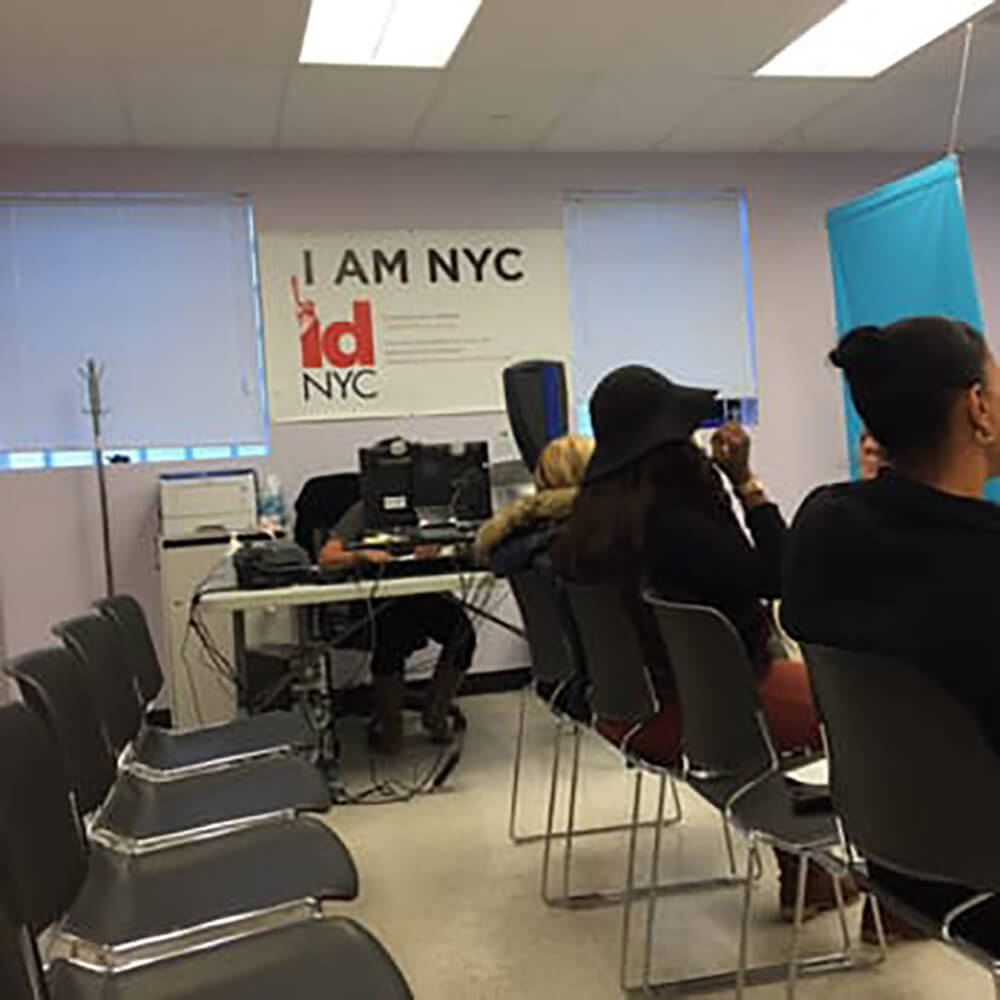By: Stan Wazuski
There are fewer New Yorkers on welfare than at any time in the last half a century, according to the Independent Budget Organization, a government fiscal monitor.
“For more than half a century the number of low-income New Yorkers receiving government-funded cash assistance—what was once called public assistance or welfare—has varied widely,” the group reported. “In the 1960s and early 1970s the cash assistance rolls grew rapidly, reaching nearly 1.1 million recipients in 1972. Over the next two decades, the number of recipients fluctuated between about 800,000 and 1.0 million, before the economic downturn of the early 1990s helped push the rolls to a peak of 1.16 million in March 1995. At that point, about 1 in 7 city residents were receiving cash assistance.”
Following the 1995 peak, the number of individuals on cash assistance decreased rapidly, driven primarily by welfare reform measures implemented by the city, state, and federal governments, the report continued. In June 2019, the number of city residents receiving cash assistance hit a 56-year low.
“We have tracked the rise and fall of cash assistance recipients since 1960,” noted Paul Lopatto of the New York City Independent Budget Office. Among the report’s highlights:
- The roughly 331,700 cash assistance recipients in June 2019 marked the fewest since there were about 330,300 recipients 56 years ago in September 1963.
- Since the peak of 1.16 million recipients in March 1995, the cash assistance population has decreased by 71 percent.
- The total budget for cash assistance grants for fiscal year 2020 is about $1.7 billion. At the current average grant per person, if the number of recipients had remained at its March 1995 peak, the cash assistance budget would be nearly $5.7 billion. Most of that additional $4.0 billion would have come from city funds.
- If the Trump Administration’s recent public charge regulation survives court challenges, it may deter many legal immigrants seeking a green card from applying for cash assistance and some current recipients might abandon the program, further decreasing the number of city residents receiving aid.
According to the latest U.S. Census Bureau report, approximately 52.2 million (or 21.3 percent) people in the U.S. participated in major means-tested government assistance programs each month in 2012.
In fiscal year 2018, the total U.S. government spending on welfare — federal, state, and local — was “guesstimated” to be $1,047 billion, including $604 billion for Medicaid, and $443 billion in other welfare.




